Toyota revealed the all-new Yaris Cross
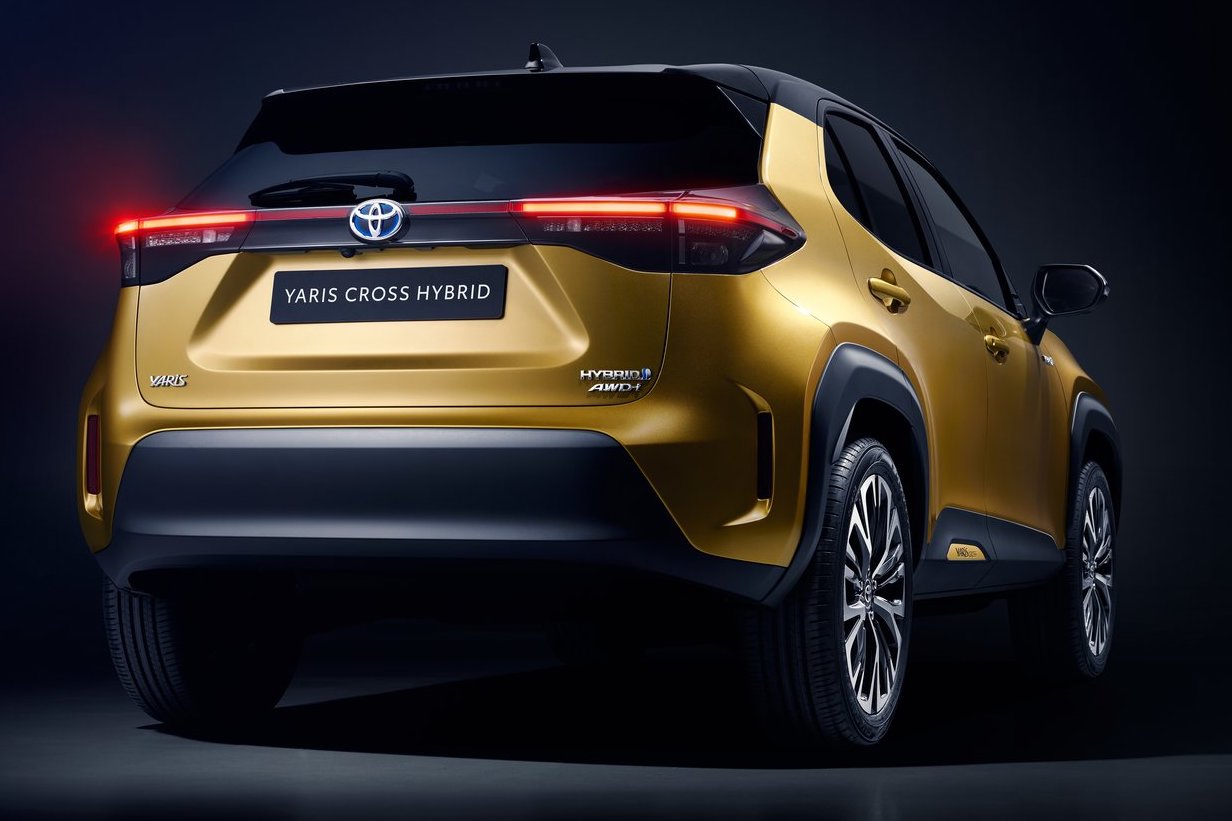
Is Toyota worried that this Yaris Cross will compete head to head with its very popular C-HR? Well we think not. Let us explain. This is a compact SUV that will go on sale in 2021 but in selected European markets only and later this year in Japan. The decision by Toyota is to just sell this in Japan and Europe only where the C-HR is already a best seller.
Why not for ASEAN markets? With the success of the recently launched Kia Seltos, Honda HR-V and the Mazda CX-3, it is clear that buyers in this region want to have a compact crossover in their garage.
This Yaris Cross has been designed and developed for Europe and is an authentic SUV, with a raised ride height, higher driving position and the option of an intelligent all-wheel drive system (AWD-i).
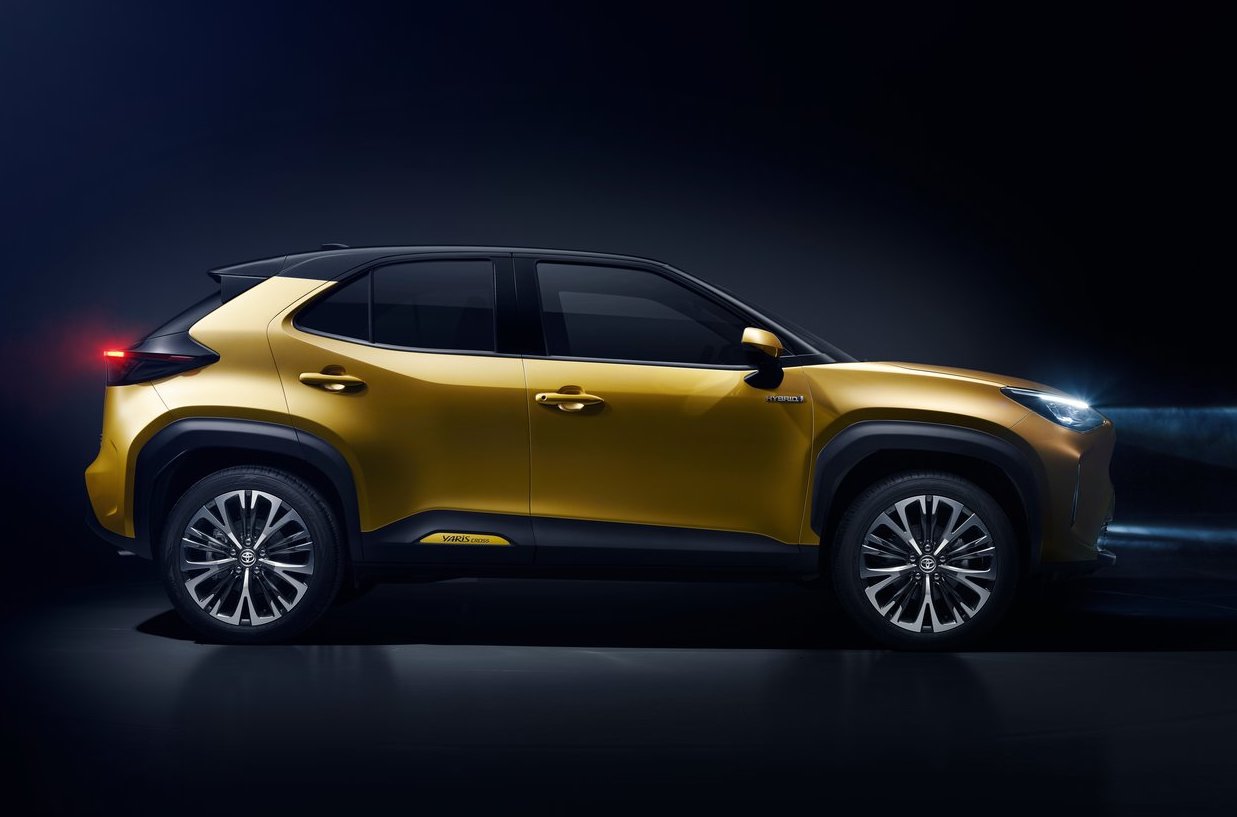
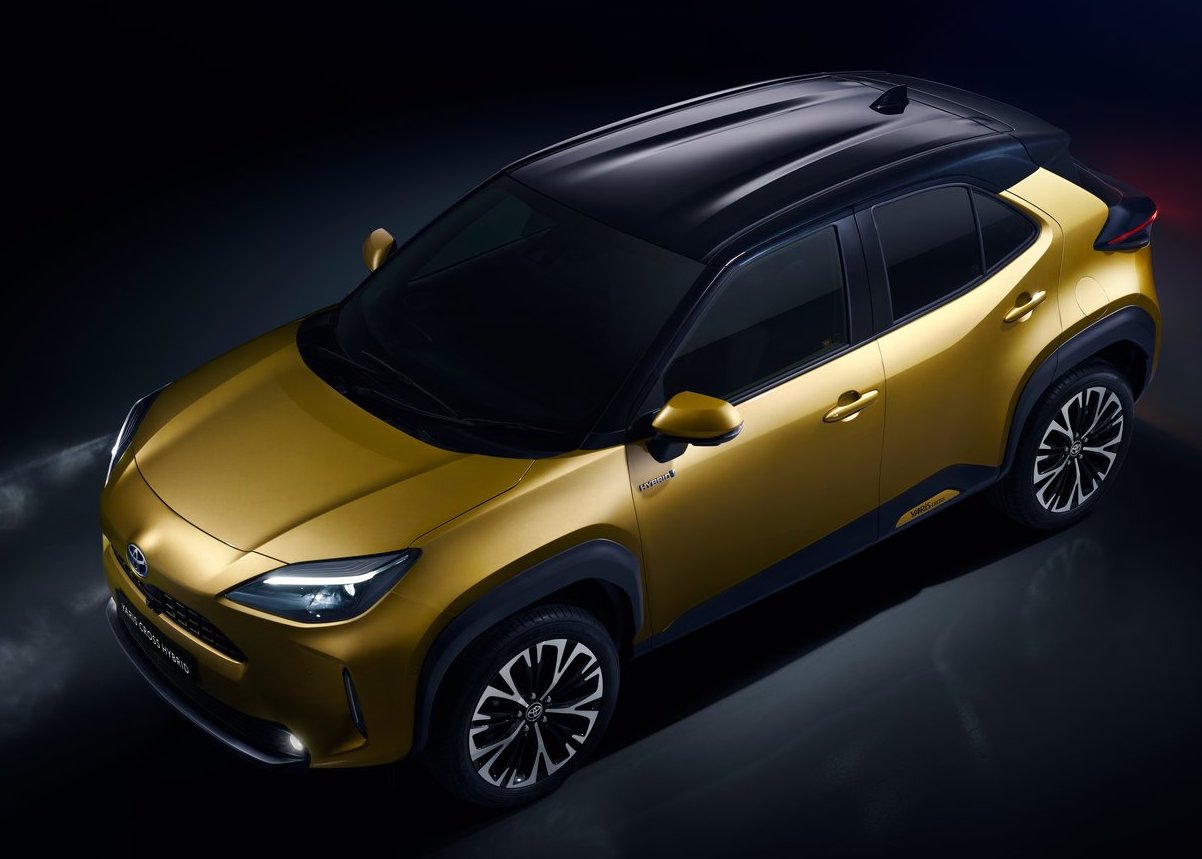
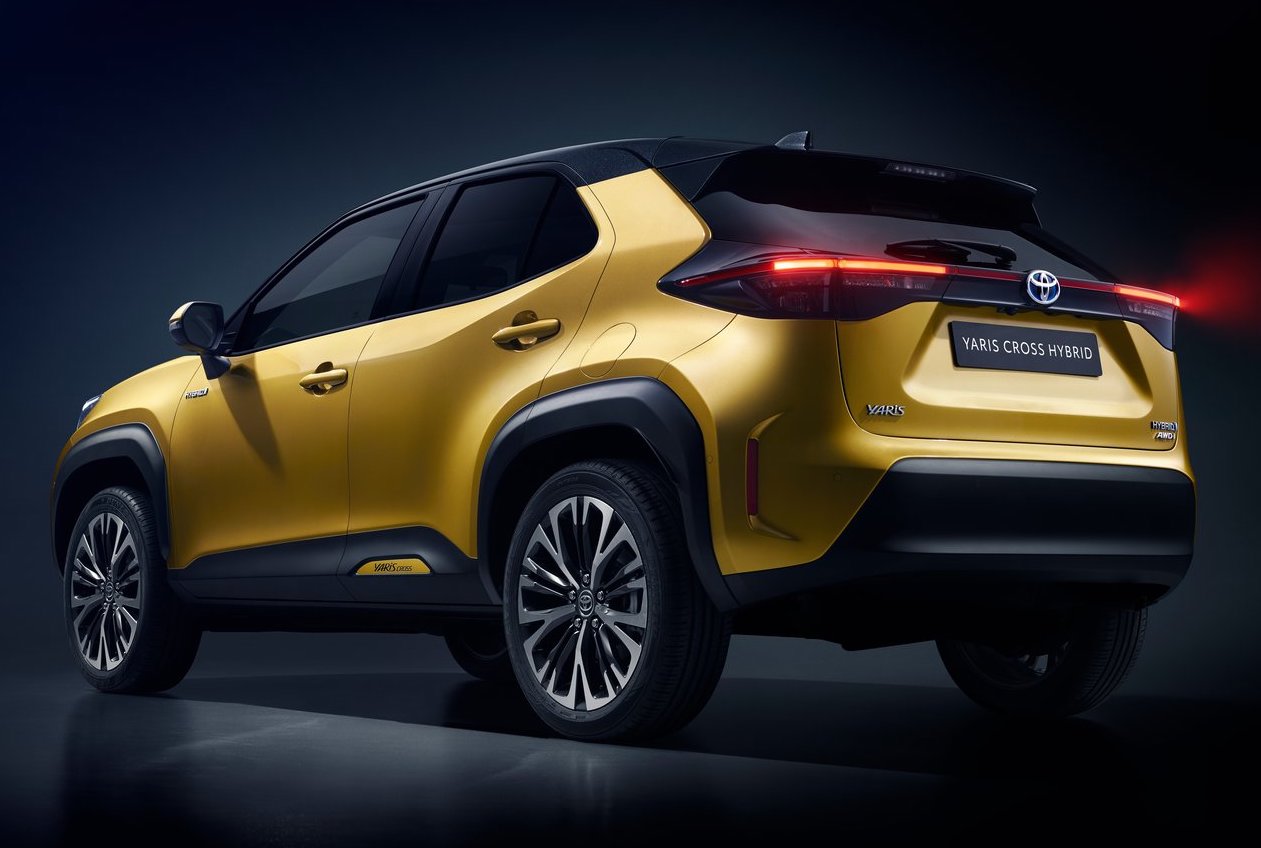
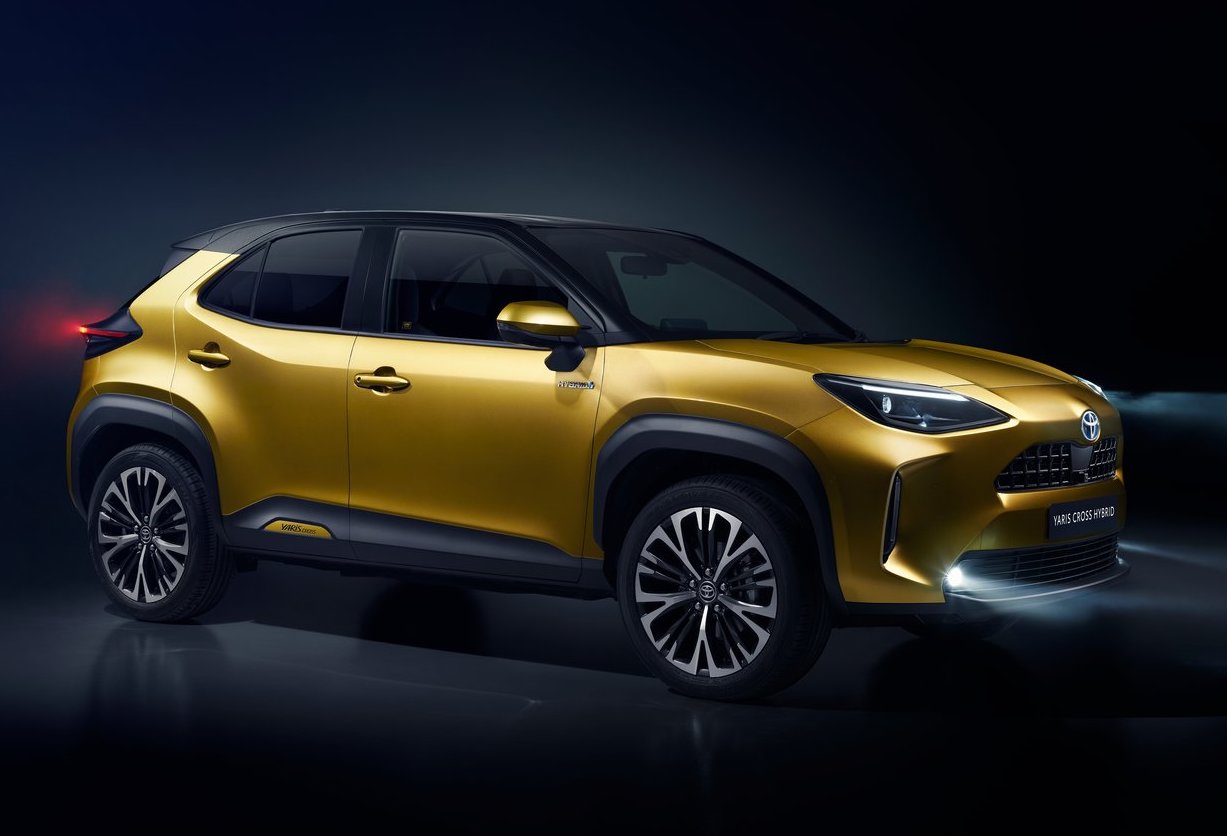
It is built on Toyota’s new GA-B compact car platform, which is also being used for the new Yaris hatchback, due for launch in summer 2020. This ensures a high level of body rigidity and a well-balanced chassis, making the car responsive and agile to drive.
Yaris Cross has the same 2,560mm wheelbase as the hatchback, but is 240mm longer overall, securing more interior space. The ground clearance is 30mm higher and the vehicle is taller and wider overall.
It will be powered by Toyota’s new, fourth generation self-charging hybrid electric system. This has a maximum output of 114bhp, with CO2 emissions starting from below 120g/km for the front-wheel drive model (WLTP provisional data, subject to homologation).
AWD-i provides extra stability and traction in everyday driving, in poor conditions and on low-grip surfaces. An electric system, it is more compact and weighs less than mechanical AWD units, helping the Yaris Cross Hybrid achieve better fuel consumption and CO2 emissions than any of its all-wheel drive B-SUV competitors.
New hybrid powertrain
Yaris Cross benefits from Toyota’s fourth generation hybrid technology. Toyota successfully pioneered the use of full hybrid technology in B-segment cars with the introduction of the first Yaris Hybrid hatchback in 2012. Since then, more than half a million have been sold in Europe, making it a powerful tool in building public awareness and appreciation of the technology.

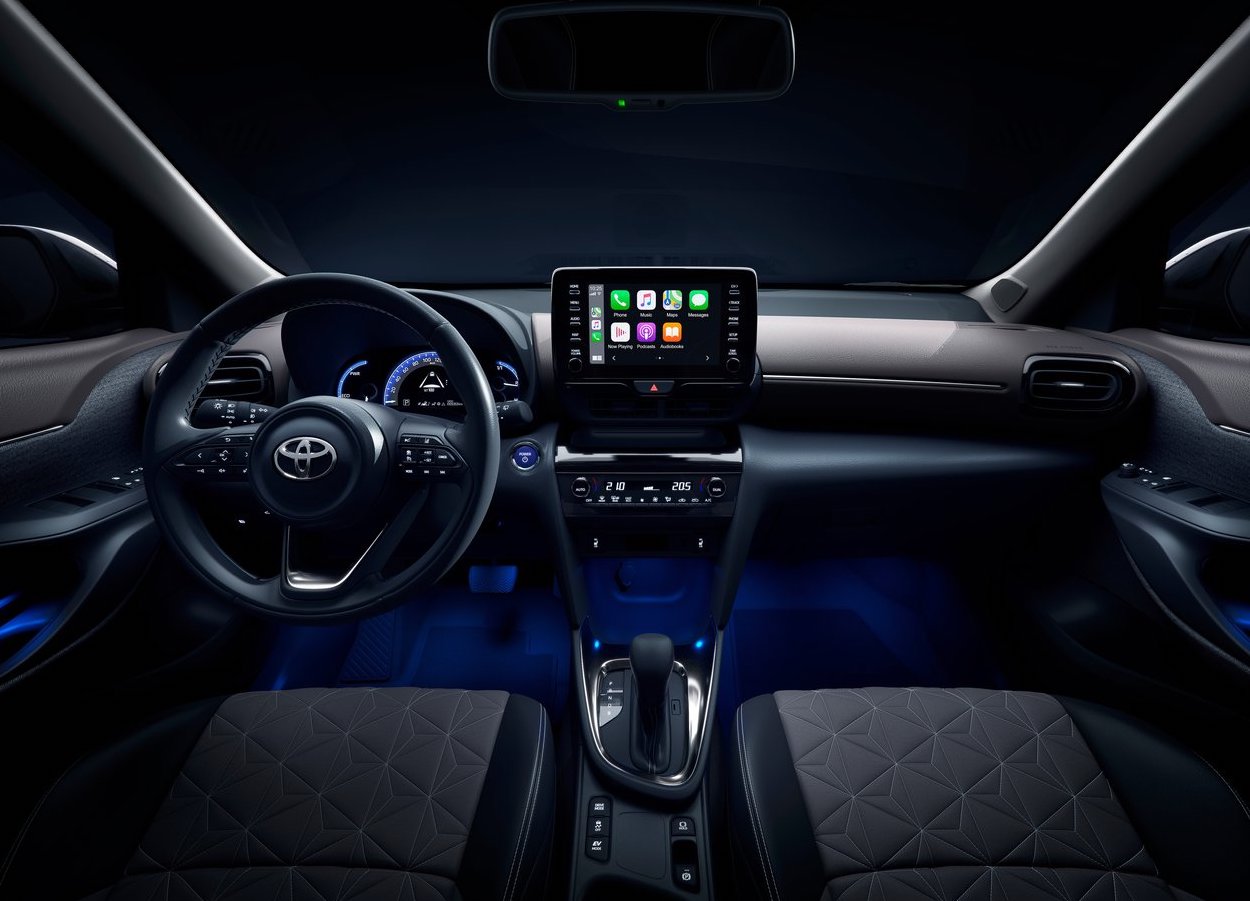
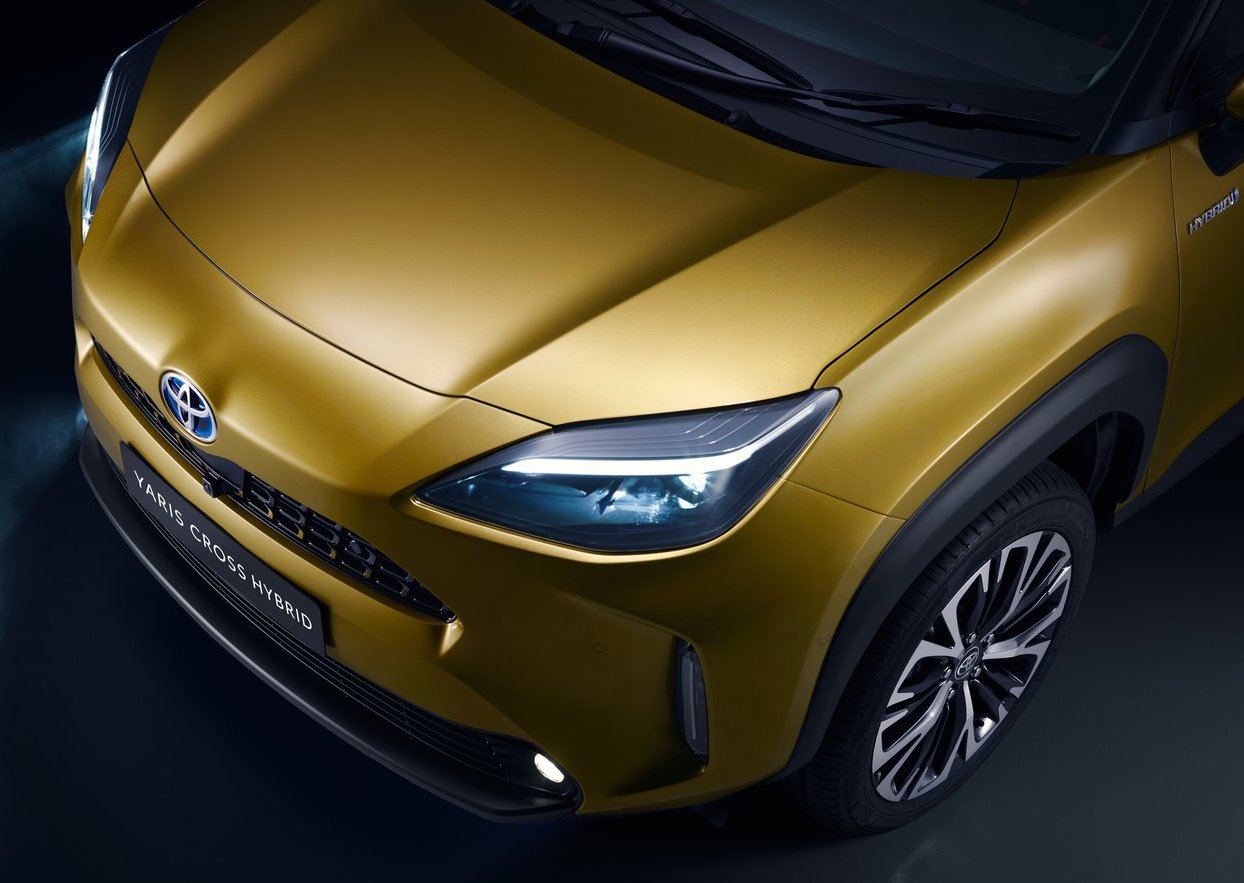
The Yaris and Yaris Cross are the first models to use Toyota’s latest 1.5 hybrid system, developed directly from the larger 2.0 and 2.5-litre powertrains used by recent new models such as the Corolla, C-HR, RAV4 and Camry. This features a new 1.5-litre, three-cylinder Atkinson-cycle petrol engine, precision-engineered to reduce friction and mechanical losses and optimise combustion speed. The result is high torque at low engine speeds and excellent fuel efficiency. The engine’s thermal efficiency is rated at 40%, which is greater than comparable diesel engines and ensures strong fuel economy and low CO2 emissions.
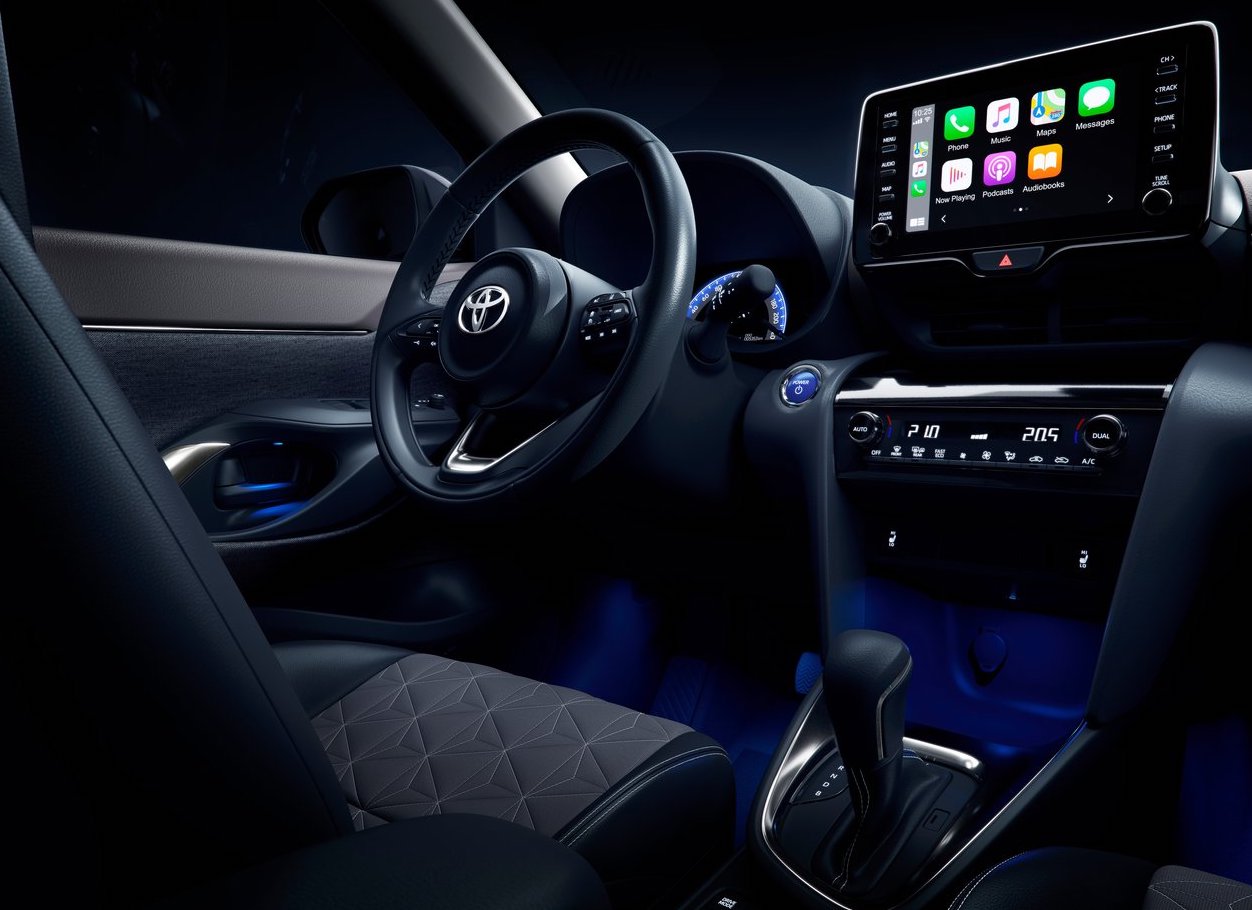
The new hybrid system has a maximum output of 116 DIN hp. Special attention has been given to power delivery, making the system very responsive to drive. In terms of emissions efficiency, the front-wheel drive model starts from below 90 g/km CO2 and the AWD-i version from below 100 g/km.
Toyota GA-B platform
Toyota Yaris Cross follows its sibling hatchback model in adopting Toyota’s new GA-B vehicle platform. This ensures a high level of body rigidity and a well-balanced chassis, making the car responsive and agile.
All urban. All SUV
With the Yaris Cross, Toyota has produced an authentic SUV on a smaller scale, giving customers the higher driving position, practicality and interior spaciousness, they desire in a car with compact dimensions that make it well-suited to urban driving.
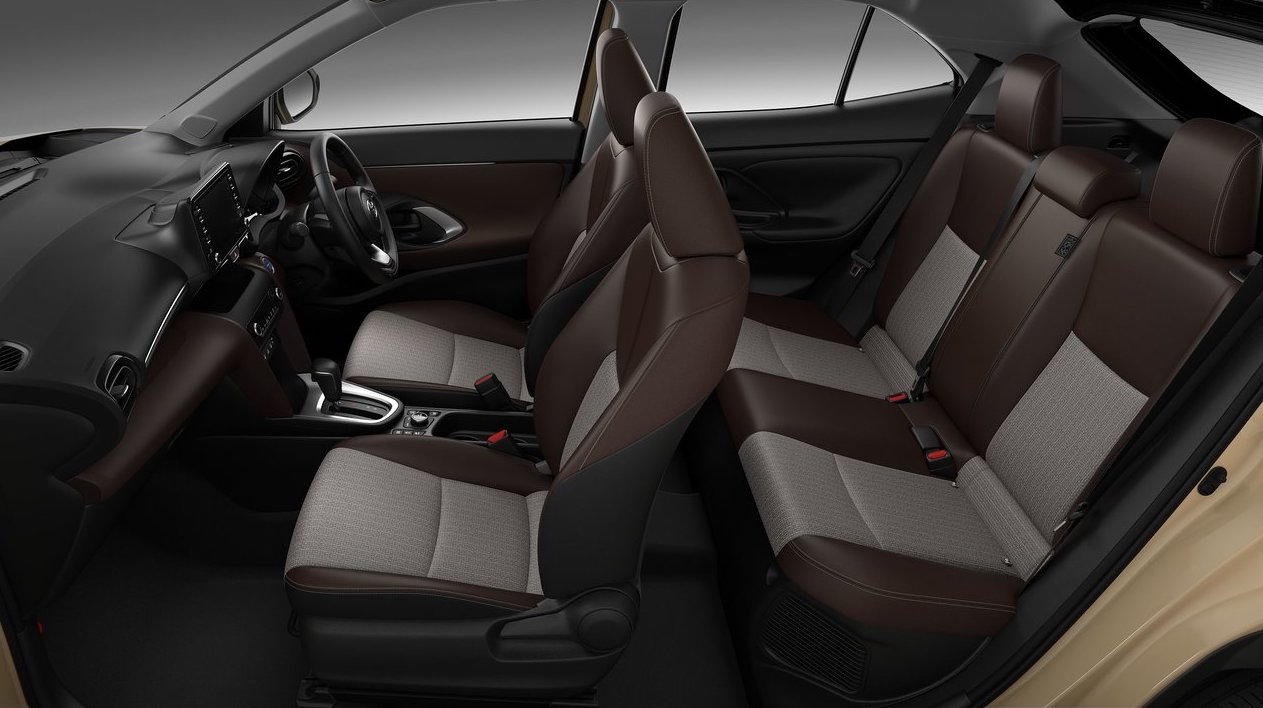
The design evokes the classic qualities of SUVs, with a higher body and larger wheels/tyres communicating strength and purpose.
Toyota Yaris Cross has the same 2,560 mm wheelbase as the new Yaris hatchback, but is 240 mm longer overall, with 60 mm added to the front overhang and 180 mm to the rear, securing more interior space. The ground clearance is 30 mm higher and the vehicle is taller and wider overall – by 90 and 20 mm respectively.

Practical and Versatile
Being a true SUV, special attention has been given to practicality and versatility. There’s a power back door for when your hands are full. And an adjustable deck height to give the flexibility of either a secure underfloor compartment or increased trunk space for larger loads. In addition, the deck board itself can be split in two, giving customers both increased space and an underfloor storage area. The trunk is also equipped with a new flex belt system to secure items and stop them shifting during driving.
Yaris Cross is just as spacious as it is practical. With all seats up and tonneau cover in place it delivers a large trunk volume. However, if more load capacity is needed, then there’s a 40:20:40 foldable rear seat system to balance rear passenger space with cargo needs.
Intelligent all-wheel drive
One of the features that defines the new Toyota Yaris Cross as an authentic SUV is the availability of an intelligent all-wheel drive system – a unique feature in its class for a hybrid model.
AWD-i provides extra stability and traction in everyday driving, in poor conditions and on low-grip surfaces. An electric system, it is more compact and weighs less than mechanical AWD units, helping the Yaris Cross Hybrid AWD-i achieve lower fuel consumption and CO2 emissions than any of its all-wheel drive B-SUV competitors.
The system directs drive torque to the rear axle when pulling away and when accelerating. In normal driving, the Toyota Yaris Cross operates with front-wheel drive, but when low-grip conditions are detected, all-wheel drive is engaged automatically. This can be, for example, on wet cobblestones, in heavy rain, on wet or packed snow, or on sand.
Advanced Driver Assistance System
The foundation of the new Yaris Cross’s safety performance is its GA-B platform, giving the car an exceptionally rigid body. With the intention of meeting the highest and most rigorous independent test standards, it will further benefit from Toyota Safety Sense active safety systems and advanced driver assistance functions, helping to avoid a wide range of common accident risks through driver information, early warnings and, when necessary, automatic braking and steering intervention.
Design
The design process of Toyota Yaris Cross brought together a wide team from studios in both Europe and Japan. To describe their ideas and inspiration in more detail, please find below the words of one member of the team – Lance Scott, Design General Manager at Toyota’s EDD studio in Nice, France.
“When we started this process, we understood that whilst style is the number one purchase reason in the B-SUV segment, customers were also keen to have a high level of practicality. Not easy things to reconcile, especially in a compact package.
From the very beginnings of the design concept, we had the European customer in mind, but needed to understand more about them. So we went out and interviewed real customers to understand their lifestyle, what they liked, what their daily activities were and how they enjoyed themselves.
After an enjoyable and enlightening process, we came back enthusiastic to design a car that would mirror their personality and deliver a vibrant combination of being both sophisticated and energetic.
As a team, we came up with the key words ‘Robust’ and ‘Minimalistic’, which we felt would express both compactness and agility, as well as the robustness and strength of an SUV.
When we started to sketch ideas for the exterior, the iconic image of a diamond consistently came to mind. Subsequently we coined the phrase ‘nimble diamond’ to express the hard, strong and premium image of the gemstone combined with the agile and fun to drive personality we felt the car needed to convey.
From the top view, or plan view as we call it, we ‘cut’, or ‘shaved’ the body to give us a diamond shape that allowed us the space to emphasise the fenders. This diamond body shape combined with the 4 bold fenders gave us an energetic shape which was both strong and sophisticated.
Clearly, we want the car to be immediately perceived as a SUV, so we emphasised a higher ground clearance, a strong horizontal axis giving a great balance and poise, big squared wheel arches and of course big wheels … up to 18″!
The face was also a very important aspect for us. We wanted to keep the strong DNA of Toyota’s SUV line-up but at the same time give Yaris Cross an identity of its own.
At the rear, we again focused on giving the car a good stance with the wide fenders illustrating how it looks planted on its wheels. Combining the horizontal rear tail lamps and rear screen clearly shows family identity with Yaris, yet the wider and more squared tailgate hints at the luggage space’s larger flexibility for daily usage.
For the exterior colour, we started to think about something that could express an active and high-quality image that our target customers would really appreciate. Looking at future colour trends we can see that there is a growing tendency for gold and other precious metals, but we wanted to offer something a bit more natural and urban. Adding a subtle hint of green to the gold direction, whilst also de-saturating the colour to emphasis the metal like appearance, gave us this fresh urban yet active appeal that highlighted the surface form of the exterior. The final result is a colour we call Brass Gold”
Toyota expects to produce more than 150,000 Yaris Cross a year at the TMMF Onnaing factory, near Valenciennes in France, and achieve a B-SUV segment share of more than 8%.




